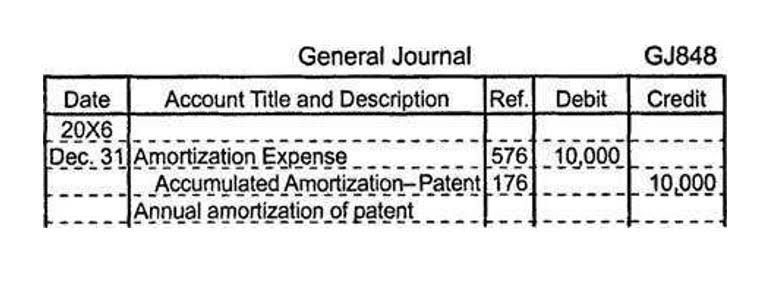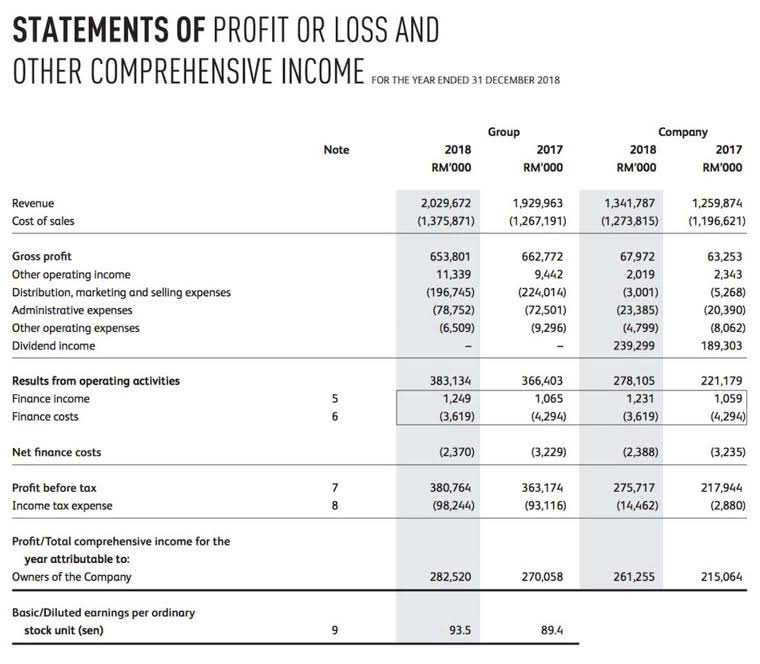
Whether you mismanage the accounts, put funds in the wrong account, accidentally use funds, or fail to report correctly, trust accounting errors are a big deal in accounting for law firms. Trust accounting mistakes can lead to penalties, suspension, or even losing the right to practice law. By using sound bookkeeping practices to keep accurate records and consistently review the firm’s financial statements on a monthly or weekly basis, you’ll see your firm’s true financial picture. Committing to accounting for law firms will allow you to be better equipped to identify growth opportunities. The legal profession is one of those; in fact, creating and maintaining the chart of accounts for law firms aren’t just suggestions; they are requirements. State bar association rules require law practices to keep meticulous records so there is no impropriety when dealing with Interest on Lawyers’ Trust Accounts (IOLTA), or any other trust accounts.

Insist on Clarity in Financial Statements

If you want your firm to stay compliant, be financially successful, and grow, you need to have an accurate and clear bookkeeping system for your law firm to follow. This could mean taking on bookkeeping tasks in-house or hiring a professional bookkeeper with experience working with law firms. Just as your clients rely on your expertise with the law, there comes a point when you need to call in accounting professionals. Whether it means using legal accounting software to simplify and automate your accounting, hiring a professional legal accountant, or both—don’t be afraid to delegate when you need to. Complete and compliant accounting produces more accurate financial statements. In turn, you can make better decisions about optimizing your firm’s operations and profitability.
Client expense accounts
Whenever a client pays an invoice, you must allocate the payment to the incurred costs of a matter first. However, if a firm fails to separate revenue that covers incurred costs from actual revenue, their records will be off. As a next step, take stock of any software that integrates with your accounting application. If you are logging time and reimbursable expenses or creating invoices in an application, that program affects the records organized under your chart of accounts. As we showed with the law firm chart of accounts samples in this post, the exact details of the chart will vary depending on your firm’s situation and jurisdiction.
- This could mean taking on bookkeeping tasks in-house or hiring a professional bookkeeper with experience working with law firms.
- Your firm’s various financial accounts are organized under these categories.
- Your liability account will have sub-accounts for current, segregated, and long-term liabilities.
- When you pay the bill, your cash account balance decreases and your utility expenses rise.
- Whether you mismanage the accounts, put funds in the wrong account, accidentally use funds, or fail to report correctly, trust accounting errors are a big deal in accounting for law firms.
Interest on Lawyers Trust Accounts (IOLTA)
- While you’ve spent years honing your skills to become a great lawyer, you didn’t learn about accounting or bookkeeping for attorneys at law school.
- This customization ensures accurate financial reports that provide meaningful insights into managing a firm’s finances effectively.
- This way, your firm can stay compliant with ethics rules—and you can ensure you aren’t leaving money on the table.
- A key feature of CARET Legal is its ability to provide real-time updates and integrated systems.
- It facilitates streamlined bookkeeping, simplifies tax preparation, and ensures compliance with regulatory requirements.
- Your best bet is likely to hire both a legal bookkeeper and a legal accountant.
Typically, a law firm chart of accounts includes five core categories (assets, liabilities, owner’s equity, revenue, and expenses). You should also include interest on Lawyer Trust Account (IOLTA) or trust accounts and trust liability accounts. A chart of accounts in a law firm consists of key components like assets, liabilities, revenue, and expenses. Each category contains specific accounts representing QuickBooks different financial transactions. For example, assets include cash, accounts receivable, and property, while liabilities encompass loans, accounts payable, and accrued expenses. Revenue accounts represent income sources, like legal fees, and expense accounts cover costs such as office rent and salaries.
Liabilities
Customization ensures the Chart of Accounts aligns with the specific financial demands of a firm’s practice areas. law firm chart of accounts In the intricate world of law firm finances, a robust accounting system is the linchpin for success. Accounting is not just about tracking numbers; it’s a strategic tool that ensures regulatory compliance, expense precision, and overall financial prosperity. One crucial component in this financial toolkit is the Chart of Accounts. In this blog post, we’ll delve into the importance, structure, and key components of a well-crafted Law Firm Chart of Accounts, emphasizing the necessity of customization for optimal performance. It’s essential to train your staff on how to use the chart of accounts and accounting software.
Revenue

Automated bill reminders enable you to automatically send outstanding balances to your clients and bill recipients based on a schedule you can customize. If you’re the owner of a small law firm, you need to know the essentials of bookkeeping and accounting for https://www.bookstime.com/ law firms. This way, your firm can stay compliant with ethics rules—and you can ensure you aren’t leaving money on the table.
- Every law firm operates differently, with distinct practice areas and billing methods.
- If your chart of accounts is not set up correctly, your transactions will not balance and the records for each account could be inaccurate.
- So, with double-entry accounting, every financial transaction gets sorted into a specific category (assets, liabilities, or equity).
- Regularly reviewing and updating the Chart of Accounts is crucial for alignment with evolving financial requirements.
- Assessing your law firm’s unique financial requirements is crucial for an effective chart of accounts.
Analyzing Your Law Firm’s Financial Needs

The chart of accounts ensures that financial data is recorded consistently and accurately, facilitating precise reporting and analysis. Assign a unique account number to each account in your chart of accounts. This number will make it easier to reference specific accounts when recording financial transactions. Once you have chosen a template, you must customize it to fit your law firm’s needs.
